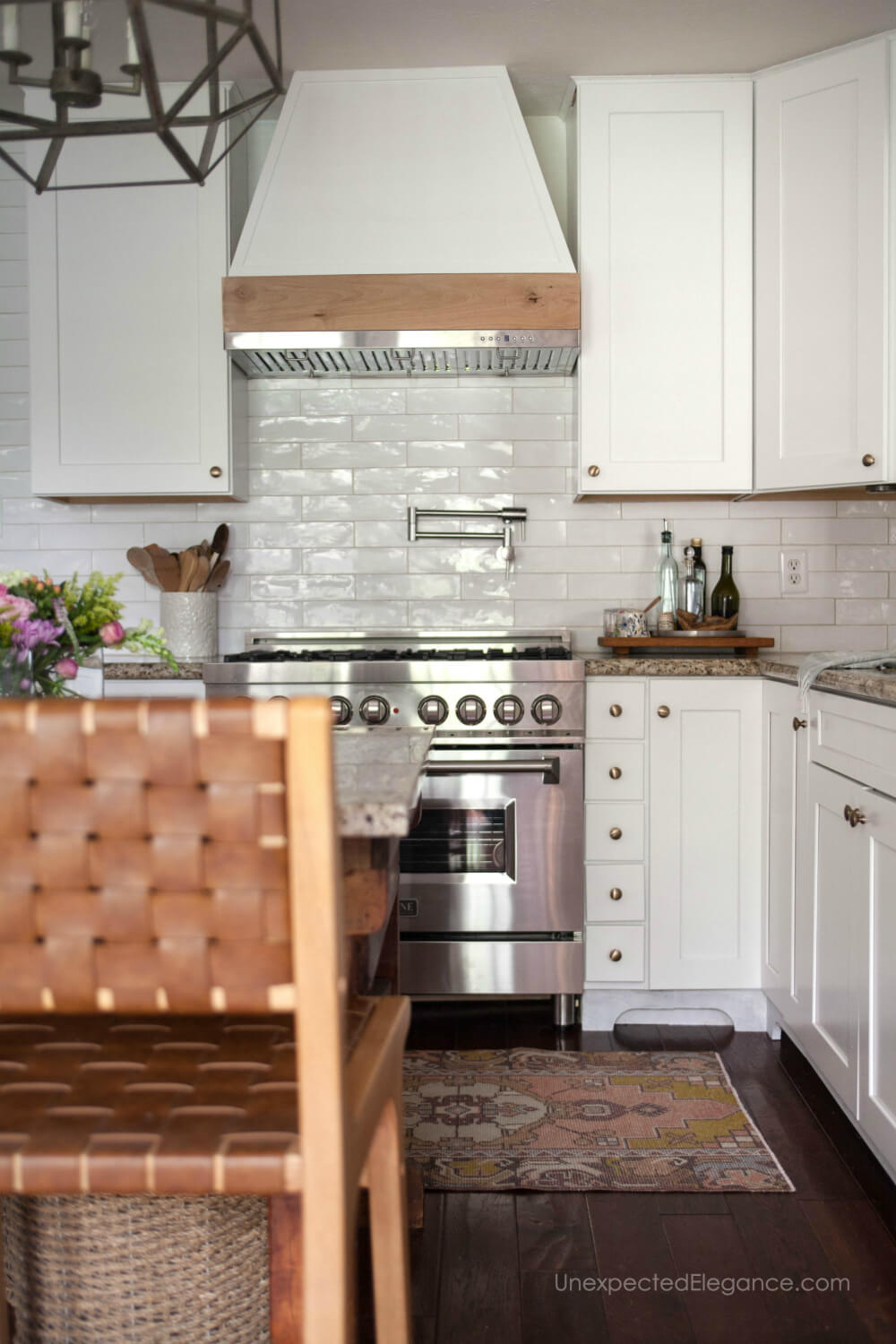5 Easy Facts About How To Remove Old Polyurethane and Stain From Cabinets - Residential Painting.Contractors - 704-931-8438 Shown
On the disadvantage, the process can generate a great deal of wetness and fill wood. Heat stripping is like a tango in between the hand holding the heating unit and the one with the scraper. Hover the device over the surface. When the paint bubbles, gradually move the heating system along and try to establish a rhythm so that you're scraping and heating up in unison.
If you're going to utilize a chemical stripper, understand that anything that eats paint is unsafe and that doing the task without methylene chloride (see above) will be more secure however slower. These wood removing products contain less hazardous, less poisonous ingredients and eliminate both latex and oil paints. A paste with a frosting-like consistency that can be brushed, rolled, or sprayed on - Cabinet Painting 28205.
Benzyl alcohol One coat removes up to 15 layers of paint. 3 to 24 hr Remove the paint, scrub off the residue with a wet nylon brush, and wash with water. Cabinet Painting Contractors 28214. about $65 per gallon This paste deal with a paper cover to control evaporation. Suitable for lead paint and masonry, but can stain furniture woods.
The Buzz on Painting Oak Cabinets Visit Website White: An Amazing Transformation ...

/GettyImages-944581626-a6b5d4fb0b374a3c87a6d7746844eb23.jpg)
12 to 24 hours Peel off the paper and scrub the surface with a damp brush; let dry thoroughly, then apply a neutralizing solution. about $45 per 1 gallons This wood stripper is an orange gel, finest on furniture information and flat surface areas considering that it is thin. N-Methyl-2-pyrrolidone (NMP) A -inch coat eliminates up to 7 layers of paint.
about $20 per half gallon Years ago, if you needed a fast-acting chemical paint stripper, you picked a product that consisted of a seriously harmful chemical called methylene chloride (also called dichloromethane, or DCM), cranked up the fan, and did the job rapidly. Cabinet Painting Contractors 28278. Normally speaking, the faster a chemical penetrates paint and finish, the more harmful it is, and DCM is fastpaint starts to bubble in minutes.
Prolonged exposure to DCM, through the lungs or skin, has been connected to liver damage, cancer, and even death. The vapors can overwhelm air-purifying respirators, and simply a few whiffs can leave you wheezing and woozy. Europe banned it for residential usage in 2010. While DCM-containing paint strippers are still commonly sold in the U.S., the Centers for Illness Control and Avoidance has actually connected the component to 13 deaths in 10 states.
How To Remove Paint From Concrete In 7 Steps - Mymove Can Be Fun For Anyone


No paint-stripping venture is complete without a toolbox of scrapers to usher away softened paint. A 5-in-1 paint scraperalso understood as the "painter's tool" due to the fact that the curved edge can be utilized to clean a paint rolleris the go-to tool for eliminating most kinds of paint. Metal pull scrapers come with exchangeable blade profiles to match the surface area you require to strip, providing more control than push scrapers in tight areas or on great details.
After that, change or resharpen the blades. "Keep a hand file close by to rapidly restore the edge of a steel scraper," states TOH basic specialist Tom Silva. "Brace the scraper against a flat surface, attempt to follow the original bevel, and constantly file in the exact same direction." Carbide blades hold an edge much longer than steel, however resharpening needs a diamond stone and some skill.

When utilizing push scrapers, select plastic over metal, to prevent gouging; this is specifically important with chemical strippers, which can soften wood. Almost 90 percent of homes constructed before 1940 have some paint laden with this hazardous metal. Although its usage went into high decline after 1950, lead-based paint wasn't prohibited in the U.S.
How To Remove Paint From Wood - Residential Painting.Contractors - Cabinet Painting Tips - Questions
Here's how to discover it. Utilize an energy knife to make a V-shaped cut through all the layers of paint, then brush the groove with a LeadCheck swab. An intense red color suggests lead exists. Scrape a table-spoon of chips into a bag and send them to a laboratory for testing.
For a couple of hundred dollars, a licensed lead inspector will carry out an X-ray fluorescence test to determine the amount of lead present in all the painted surface areas in your house. Lead is nasty. Exposure can raise your high blood pressure, stress your nerve system, and damage your memory, amongst other dangers. Cabinet Painting Contractors 28278.
If you wish to get rid of lead-based paint yourself, in addition to the dress and prep actions (next), follow these precautions: Use only heat or chemicals to avoid kicking up lead-laced chips and dust If you must sand, usage devices fitted with a shroud and a HEPA vacuum attachment. Wet-sand removed surfaces to minimize dust.
All about Cost To Paint or Stain Kitchen Cabinets - 2022 Cost Calculator - Residential Painting.Contractors - 704-931-8438
Location debris in specialist bags; seal with duct tape. Find more useful pointers at www2.epa.gov/ lead. Avoid canvas ground cloth in favor of 6-mil plastic sheeting, which won't trap great grit or let chemicals seep through. Extend the sheeting a minimum of 6 feet beyond the work area and overlap and tape the edges.